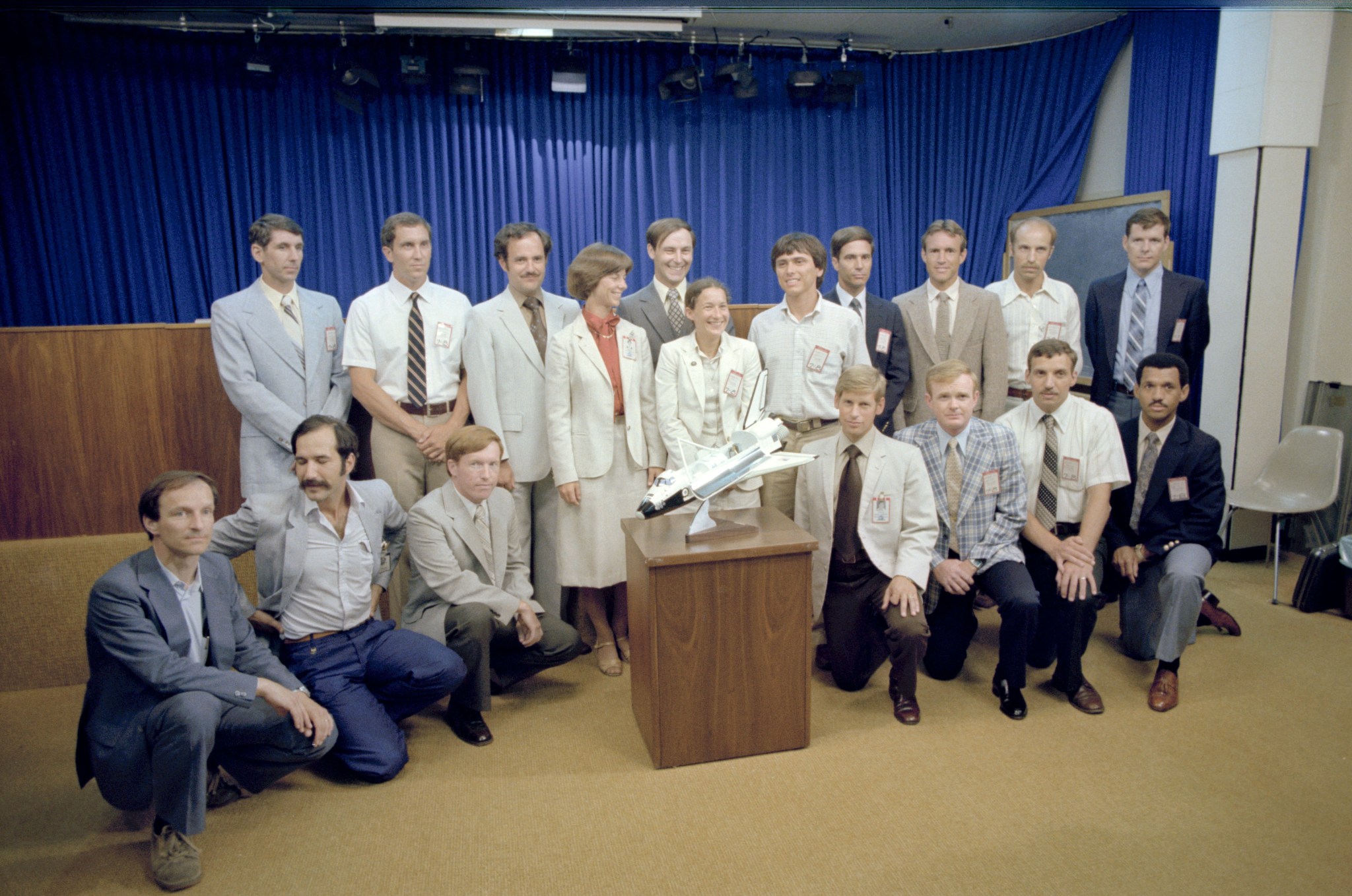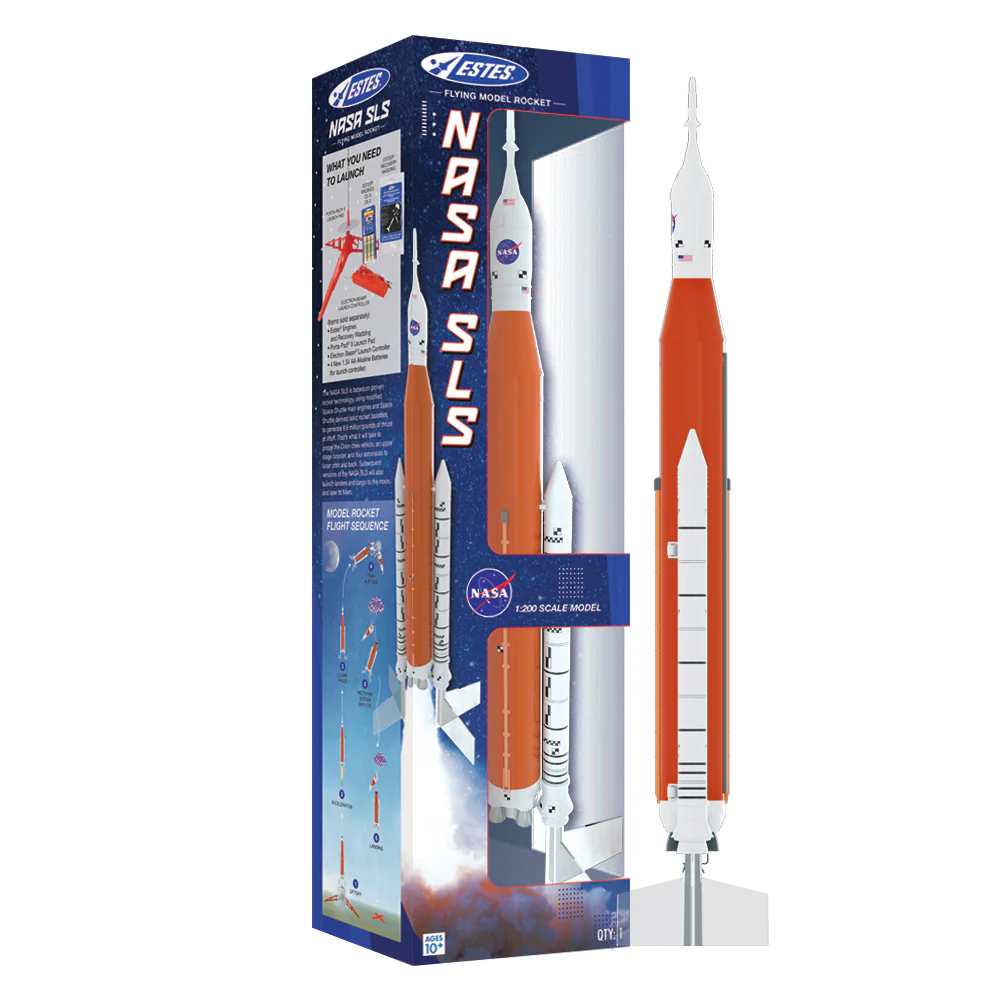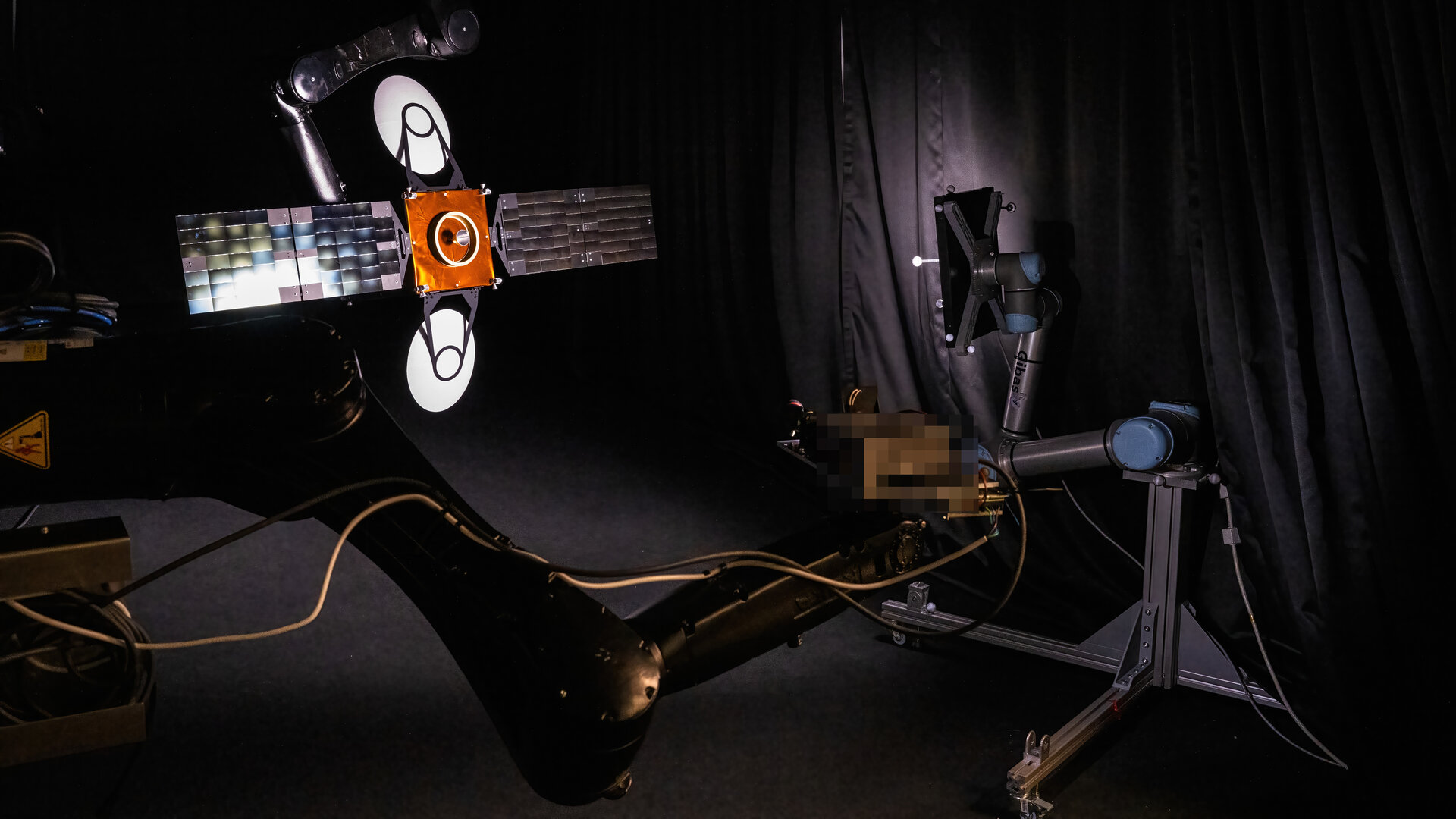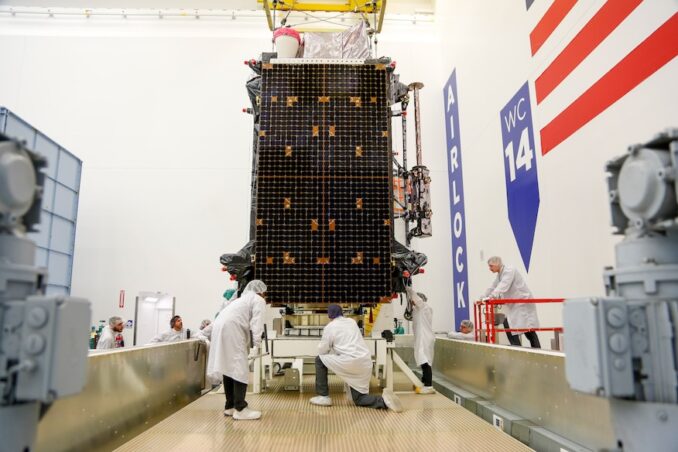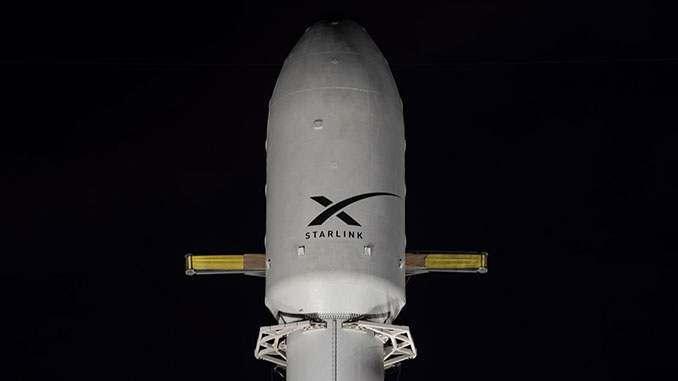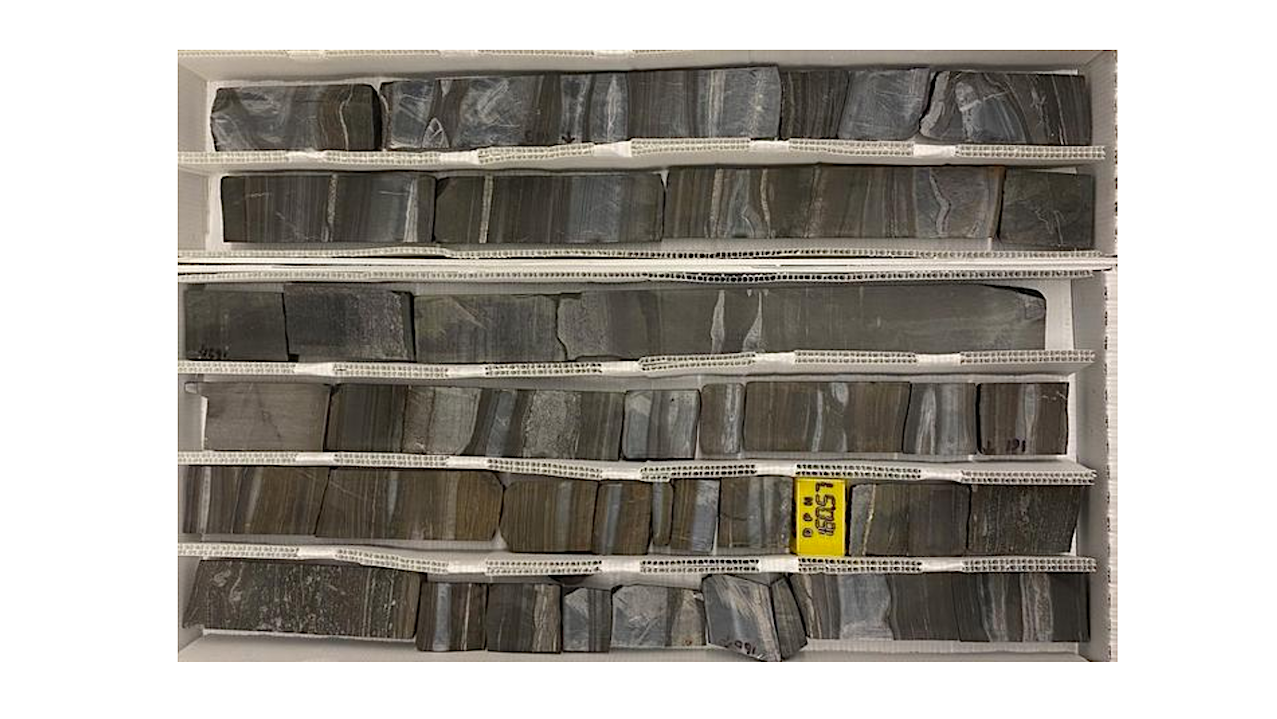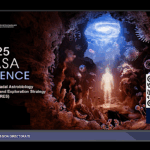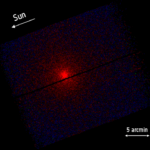NASA Nearly all of NASA’s ninth class of astronaut candidates, along with two European trainees, poses for photos in the briefing room in the public affairs facility at NASA’s Johnson
Hot Posts31- Page
Join our newsletter to get the latest military space news every Tuesday by veteran defense journalist Sandra Erwin. WASHINGTON — Redwire announced a deal to acquire drone maker Edge Autonomy
We can’t all get down to Cape Canaveral, so we’ve rounded up the best model rockets on the market, suitable for all ages and budgets. The best model rockets are
Mounted on a robotic arm attached to a 33-m long rail, a camera system is brought closer and closer to this scale-model satellite, recreating the experience of a rendezvous in
3 min read Preparations for Next Moonwalk Simulations Underway (and Underwater) NASA’s Stennis Space Center near Bay St. Louis, Mississippi, is helping the Artemis Generation learn how to power space
The GPS 3 Space Vehicle 07 stands in a clean room at Lockheed Martin’s facilities in Littleton, Colorado. Image: Lockheed Martin The latest third-generation Global Positioning System (GPS) satellite launched
Know Thy Star Know Thy Planet 2 This is a reminder that regular in-person registration for “Know Thy Star Know Thy Planet 2” closes Friday, January 17th. The conference dinner
Explore This Section RPS Home About About RPS About the Program About Plutonium-238 Safety and Reliability For Mission Planners Contact Power & Heat Overview Power Systems Thermal Systems Dynamic Radioisotope
File: A Falcon 9 rocket stands ready to launch a Starlink mission. Image: SpaceX Update 10:04 p.m. EST (0304 UTC): SpaceX confirmed deployment of the 22 Starlink satellites. SpaceX completed
By delving into ancient rock records, scientists have uncovered new clues that sharpen the timeline of Earth’s oxygenation—shedding fresh light on one of the most transformative chapters in our planet’s
-
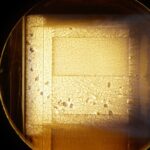 012024 in Review: Highlights from NASA in Silicon Valley
012024 in Review: Highlights from NASA in Silicon Valley -
 02Panasonic Leica Summilux DG 15mm f/1.7 ASPH review
02Panasonic Leica Summilux DG 15mm f/1.7 ASPH review -
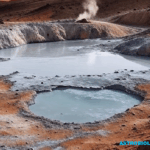 03From Polymerization-Enabled Folding and Assembly to Chemical Evolution: Key Processes for Emergence of Functional Polymers in the Origin of Life
03From Polymerization-Enabled Folding and Assembly to Chemical Evolution: Key Processes for Emergence of Functional Polymers in the Origin of Life -
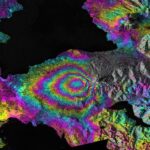 04How New NASA, India Earth Satellite NISAR Will See Earth
04How New NASA, India Earth Satellite NISAR Will See Earth -
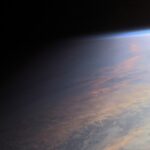 05And Thus Begins A New Year For Life On Earth
05And Thus Begins A New Year For Life On Earth -
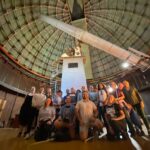 06Astronomy Activation Ambassadors: A New Era
06Astronomy Activation Ambassadors: A New Era -
07SpaceX launch surge helps set new global launch record in 2024


